How to Use Black and White Photography in Your Decor
Learn how to incorporate black and white photography into your interior design to create a sophisticated and timeless ambiance. Discover tips on layout, styles, and contrasts to enhance your space.
Introduction
Black and white photography is an elegant and timeless decorating choice. It creates a sophisticated yet understated ambiance. Unlike color art, black and white photos emphasize composition , textures , and contrasts , bringing a unique character to your interior. Whether you're looking to add an artistic touch to a modern living room or give a refined look to a classic bedroom, black and white photography is a great choice.
In this article, we'll explore how to use black and white photography in your interior design , with practical tips for choosing, arranging, and showcasing these artistic works.
1. The Advantages of Black and White Photography
1.1. Timelessness and Elegance
The main advantage of black and white photography is its timeless appearance. Unlike color photographs that can be affected by current trends, black and white images stand the test of time without losing their visual impact. They bring a touch of elegance and sophistication to any space.
1.2. Emphasis on Contrasts and Textures
Black and white photography focuses on light , shadow , and texture rather than color. This allows the essence of a scene or object to be captured in a more abstract way, while also highlighting details that are often overlooked in color works. This type of photography is perfect for portraits or architectural images where contrasts play a central role.
1.3. Versatility in Any Decorating Style
Black and white photography easily adapts to different interior design styles, whether modern, industrial, minimalist or classic. It goes well with both contemporary spaces and vintage interiors , creating visual coherence, regardless of the style.
2. Choosing the Right Artwork for Your Space
2.1. Theme and Subject of the Photographs
When choosing artwork, it is important to consider the theme or subject of the photographs. Portraits, cityscapes, nature scenes, or abstract black and white photos are popular choices. For a modern living room, shots of big cities or urban architecture add dynamism, while black and white portraits create a more intimate and personal feel in a bedroom or office.
2.2. Size and Proportions
The size of the photographs should be appropriate for the space you are decorating. For an empty wall in a large living room, a large black and white photograph can become the focal point of the room. In a small bedroom or hallway, smaller photographs, arranged in a series or as a gallery wall , can subtly dress the space while adding personality.
2.3. Quality and Finish
Investing in high-quality prints is essential. Artwork printed on matte or glossy paper, with good contrast, gives a more professional and aesthetic result. Make sure the details of the image are sharp and well-defined, as black and white photographs easily reveal imperfections.
3. Arrangement of Black and White Photographs
3.1. Wall Gallery
A gallery wall of several black and white pieces can transform an ordinary wall into a veritable art gallery. It is important to maintain consistency in frame sizes and subjects to avoid visual overload. You can arrange the pieces following a symmetrical grid or opt for a more asymmetrical layout, for a more visually dynamic effect.
3.2. Frames and Supports
Frames play a vital role in how a photograph is perceived. For a contemporary decor, opt for minimalist frames made of wood or metal, which highlight the work without distracting from it. If you prefer a more vintage or classic style, more elaborate frames, made of carved or gilded wood, can provide an interesting contrast with the simplicity of the black and white photograph.
3.3. Spacing and Breathing
When hanging multiple black and white photographs on the same wall, make sure to leave enough space between each piece. Let each image breathe so that each photograph can be appreciated individually. A spacing of 5 to 10 cm is generally recommended to maintain visual harmony.
4. Create Ambiance with Lighting
4.1. Using Direct Lighting
Lighting is crucial to showcasing your black and white photographs. Task lighting , such as directional spotlights , can help bring out the details and contrasts in the images. You can install light fixtures above the frames to create a bright gallery that immediately draws the eye.
4.2. Indirect Lighting for a Soft Atmosphere
If you prefer a softer, more intimate atmosphere, opt for indirect lighting that diffuses a subtle light on the photographs. This helps create a warm atmosphere while softening contrasts. Subdued lighting can also be suitable in a bedroom or reading corner, where the aim is to promote relaxation.
5. Combine Black and White Photography with Colorful Decoration
5.1. Contrast with Colorful Interiors
One of the main advantages of black and white photography is its ability to complement colorful interiors . If you have a room with brightly colored walls, black and white photographs provide visual balance and avoid chromatic overload. The contrast between monochrome photos and colorful walls attracts the eye and creates harmony in the space.
5.2. Harmonizing with Neutrals
In rooms with neutral tones, such as beige, white or gray walls, black and white photographs fit perfectly and reinforce the sober elegance of the interior. You can play on decorative accessories such as cushions, rugs, or curtains in neutral shades to extend this refined aesthetic.
6. Ideal Decorating Styles for Black and White Photography
6.1. Industrial Style
The industrial style lends itself particularly well to black and white photography. Raw materials like metal and concrete, combined with photographs of urban scenes or architecture, create a modern and refined atmosphere. Works by famous photographers of the city, such as shots of New York or London, reinforce this look.
6.2. Minimalist Style
Minimalism and black and white photography are a perfect match. With clean lines, a monochromatic palette, and intentional simplicity, minimalism allows black and white works to shine without being distracted by extraneous elements. These photographs bring a sense of calm and serenity to uncluttered spaces.
6.3. Scandinavian Style
In a Scandinavian interior, where natural materials and soft colors are favored, black and white photographs add a subtle but effective contrast. Hang nature shots, Nordic landscapes or architectural photos to maintain consistency with this soft and bright style.
Conclusion
Black and white photography offers an elegant and sophisticated way to decorate your home while adding an artistic touch. Its timelessness, ability to adapt to different decorating styles, and emphasis on contrasts and textures make it a perfect choice for a modern or classic interior. By choosing the right artwork, carefully planning the layout, and playing with lighting, you can transform any space into a personal art gallery.
To enrich your decoration with black and white works, explore the collection of photo posters on La Boutique du Poster .
FAQs
Why use black and white photographs in my decoration?
Black and white photographs are timeless, elegant, and highlight textures, contrasts, and details while easily integrating into various decorating styles.
How to arrange several black and white photographs on a wall?
Use# How to Use Black and White Photography in Your Decor
SEO Meta-Description : Discover how to use black and white photography in your interior design to create a sophisticated and timeless atmosphere. Follow our tips to choose, arrange, and highlight your monochrome works with elegance.
Introduction
Black and white photography is a timeless classic when it comes to interior design. It captures emotions, highlights textures and contrasts, and adds a touch of elegance to your space. Unlike color photography, black and white artwork exudes a timelessness that fits any style of decoration, whether modern, minimalist, industrial, or classic.
In this article, we guide you through the best ways to incorporate black and white photographs into your interior design to transform your spaces with sophistication and harmony.
1. The Timelessness and Elegance of Black and White
1.1. The Timeless Impact of Black and White
Black and white photographs are known for their timelessness . They never go out of style and bring a simple elegance to any room they are displayed in. They are ideal for those who want a minimalist decor while still adding an artistic touch. Monochrome works create a sense of serenity and depth in an interior.
1.2. Highlight Textures and Contrasts
Black and white photographs highlight textures and contrasts that colors can sometimes soften. Subtle shades of gray, white, and black reveal precise details that accentuate shapes and materials, whether it's the softness of skin in a portrait, the roughness of a concrete surface in an architectural photo, or the shadows in a natural landscape.
2. Choose Black and White Photographs for Your Interior
2.1. Select the Works that Match Your Style
To choose the right black and white photography, it is essential to take into account the general style of your decoration . If your interior is industrial, opt for architectural photos or city shots. If you prefer a minimalist style, abstract photographs or refined portraits will bring perfect harmony. For a more bohemian or vintage style, bet on nature photographs or nostalgic scenes.
2.2. Adapting the Size of the Works to the Space
The size of the photographs is a crucial element. In a spacious room, a large black and white work can become the focal point, capturing attention immediately. In a narrow hallway or small bedroom, opt for a series of small photos arranged in a gallery wall to add depth without visually overloading the space.
2.3. Themes and Subjects
Common themes for black and white photography include portraits , landscapes , city scenes , and abstract photos . The theme you choose should reflect the mood you want to create in each room. For example, an expressive portrait could add an intimate feel to a bedroom, while a natural black and white landscape could bring a sense of tranquility to a living room.
3. Arrangement of Black and White Photographs
3.1. Wall Gallery
A gallery wall made up of several black and white photographs is an elegant way to decorate a wall while displaying several works. Choose simple frames and harmonize them by respecting a uniform distance between each photo. You can opt for a symmetrical arrangement for a classic effect or create an asymmetrical arrangement for a more contemporary and dynamic look.
3.2. Symmetrical or Asymmetrical Arrangement
A symmetrical layout is often preferred for a tidy and calming atmosphere, especially in spaces like the living room or dining room. On the other hand, an asymmetrical layout can give a more artistic and relaxed impression, which works well in creative spaces like an office or a personal gallery in a hallway.
3.3. Spacing and Breathing
To maximize the impact of each photo, make sure to leave enough space between each frame. A spacing of 5 to 10 cm is recommended to avoid a cluttered feeling. This allows each work to stand out individually while maintaining an overall visual coherence.
4. Choose Frames and Supports to Enhance Photographs
4.1. Minimalist Frames
Minimalist frames, whether natural wood, metal or matte black, are perfect for black and white photography. They highlight the work without distracting from it, while adding a touch of modernity to the presentation. For a clean room, opt for thin and simple frames, so that the focus remains on the photograph itself.
4.2. Floating Supports
For a more modern and light effect, consider floating mounts that give the illusion that the artwork is hanging without a visible frame. This works especially well with black and white photographs on plexiglass or canvas, creating a clean and minimalist look.
5. Lighting of Black and White Works
5.1. Directional Spots
Lighting is essential to bring out the details in a black and white photograph. Set up directional spotlights to illuminate the artwork and accentuate shades of gray, contrasts, and textures. Adjustable spotlights allow you to adjust the intensity and direction of the light to avoid glare and create a dramatic effect.
5.2. Indirect Lighting for a Soft Ambiance
If you prefer a softer atmosphere, opt for indirect lighting that bathes the photographs in a soft, diffuse light. This creates a more intimate and warm atmosphere, ideal for spaces like a bedroom or living room.
6. Pair Black and White Photographs with Colorful Interiors
6.1. Creating Visual Contrasts
Black and white photographs pair perfectly with colorful interiors . They provide an elegant contrast that draws the eye without visually overloading the space. If your walls are painted in bright colors, black and white artwork serves as a visual balance, adding a touch of sophistication.
6.2. Harmonize with Neutral Tones
In rooms with neutral tones like white, gray or beige, black and white photographs reinforce the clean and minimalist aesthetic. You can add pops of color with accessories like cushions or rugs to avoid a too monotonous uniformity.
Conclusion
Using black and white photography in your decor is a sophisticated and timeless way to enhance your interior. By choosing the right pieces, playing with contrasts and textures, and adapting their arrangement and lighting to your space, you can transform any room into an elegant and modern space. Whether you choose a minimalist style or a more complex gallery wall, black and white photographs bring unparalleled sophistication to your decor.
To enrich your collection of black and white photographs, explore the collection of photo posters available on La Boutique du Poster , where you will find works perfect for your interior.
FAQs
Why choose black and white photographs for decoration?
Black and white photographs are timeless and elegant, highlighting textures and contrasts, and easily integrating into various decorating styles.
How to hang multiple black and white photographs on a wall?
Create a gallery wall by arranging photos symmetrically or asymmetrically, making sure to leave enough space between each frame for a harmonious arrangement.
What lighting should I use for black and white photographs?
Use directional spotlights to highlight details in photos or indirect lighting for a softer, warmer ambiance.



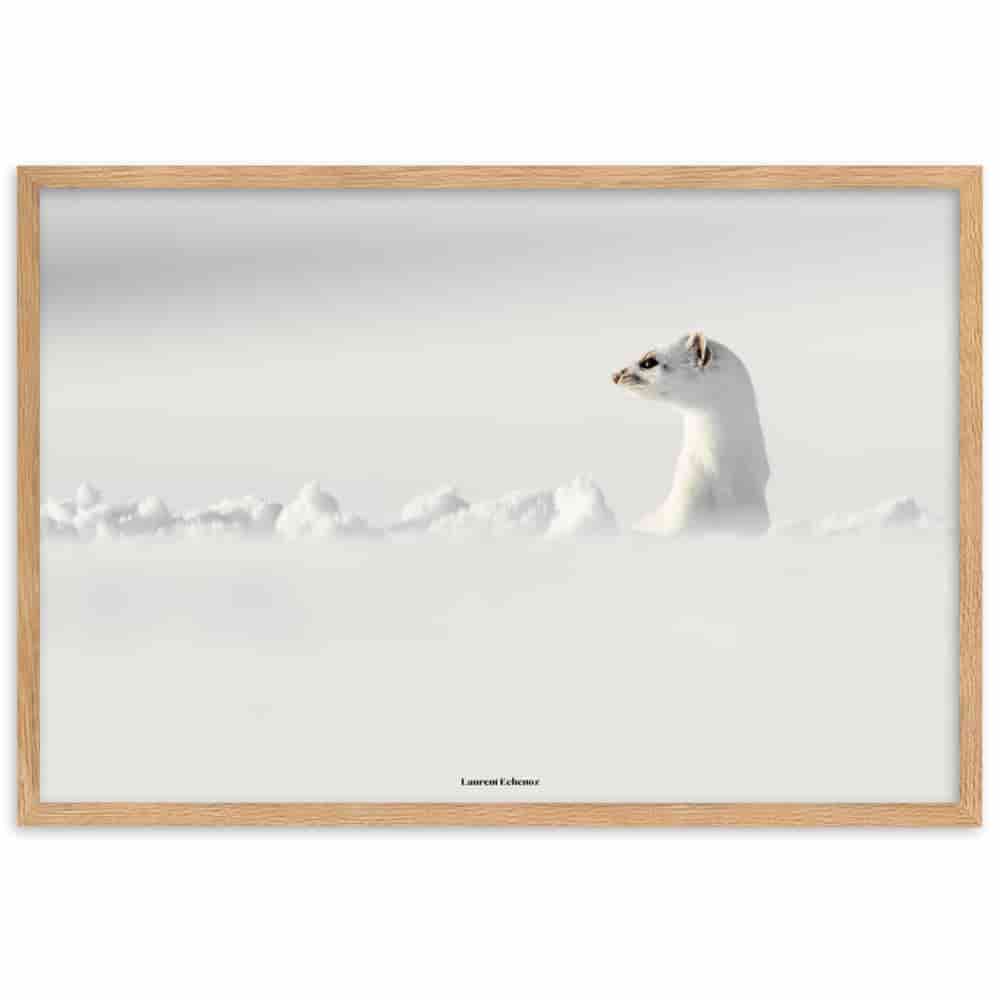
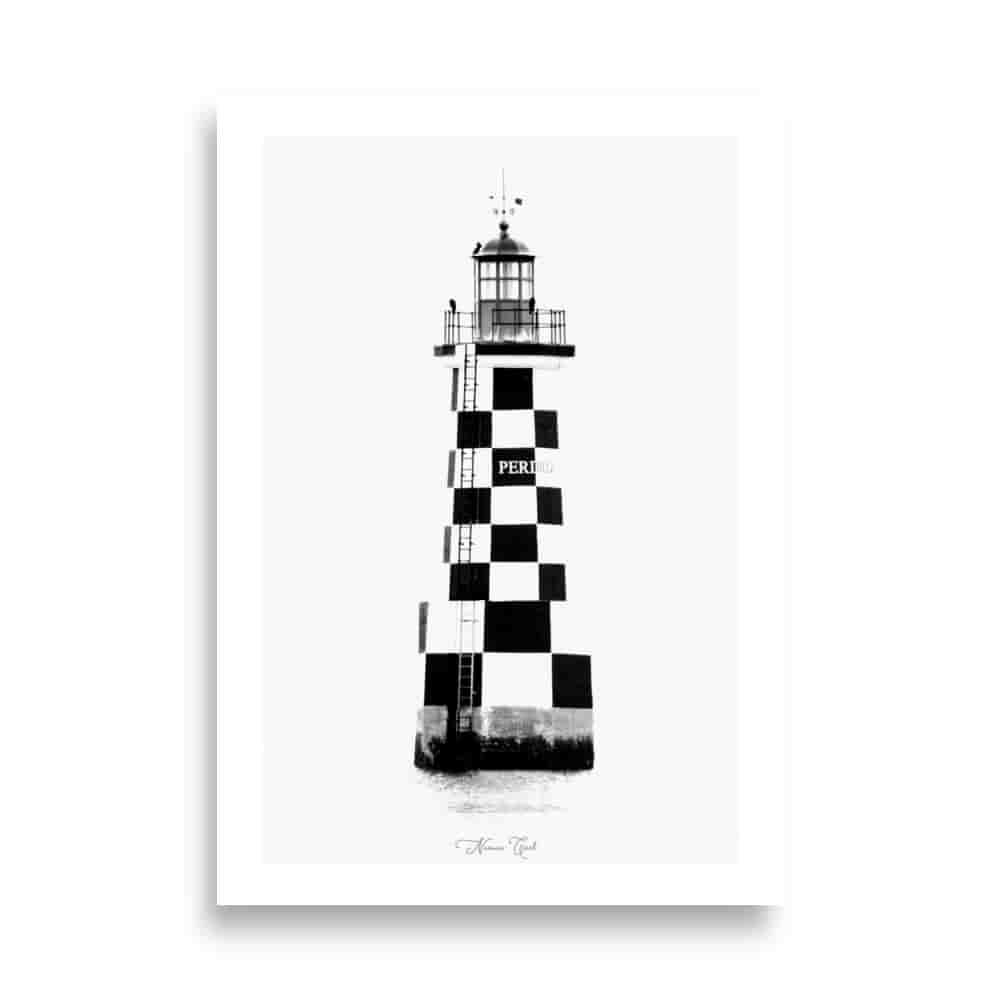
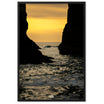







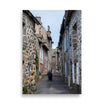




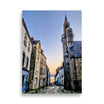


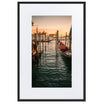










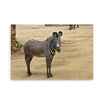


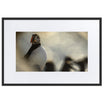







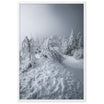


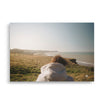
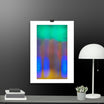




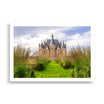






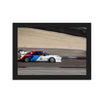


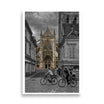





Leave a comment
All comments are moderated before being published.
This site is protected by hCaptcha and the hCaptcha Privacy Policy and Terms of Service apply.